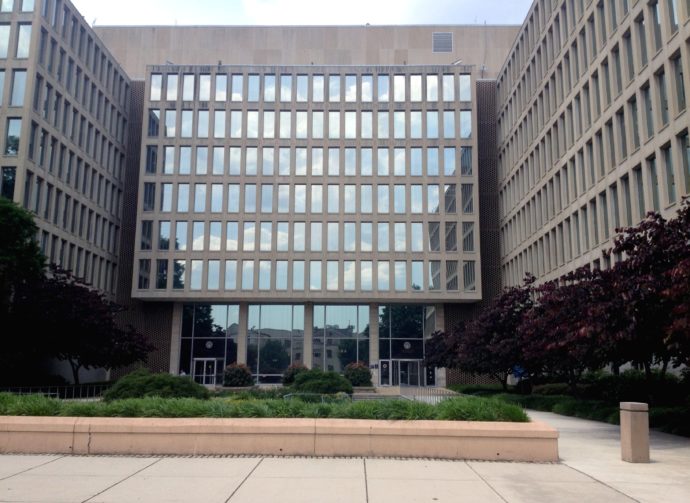Monday Roundup
The FEHBlog has explained that OPM scores FEHB plans principally on certain HEDIS and CAHPS scores measured against where other health plans (generally not just FEHB plans) score. NCQA which manages HEDIS and CAHPS for health plan scoring purposes, released last Wednesday two years of specifications for HEDIS measures (the 2020 and 2021 measurement year “specs.”).
The happy result of this NCQA action is that beginning next year FEHB and other health plans subject to HEDIS will know the rules of the road five months before the measurement year begins rather than six months into the measurement year which has the the case right through this 2020 measurement year. Bravo NCQA.
Meanwhile Health Payer Intelligence reports on an America’s Health Insurance Plans commissioned study finding that “Nearly three-quarters of NCQA HEDIS quality measures will experience a negative impact from the coronavirus pandemic.” Marvelous. The article also suggests some ways that health plans can boost their HEDIS scores in these hard times.
Speaking of these hard times, three major healthcare provider associations (the American Hospital Association, the American Medical Associations, and the American Nurses Association) issued a letter today encouraging the public “to take the simple steps we know will help stop the spread of the virus: wearing a face mask, maintaining physical distancing, and washing hands.” That’s good advice for health plans to spread around too.
RevCycle Intelligence informs that the American Hospital Association and its fellow hospital groups are urging the Department of Health and Human Services to delay the January 1, 2021, effective date for the Administration’s hospital pricing transparency rule at least until the case challenging the rule works it way through the court system. At this point a federal district court has upheld the rule and the American Hospital Association has appealed that decision to the U.S. Court of Appeals for the D.C. Circuit. The article adds that
No response from CMS was available as of July 2. However, lawmakers are looking to make the price transparency rule law. Introduced by Senator Chuck Grassley (R-IA) on June 30th, the PRICE Transparency Act seeks to codify the hospital price transparency rule and a similar rule requiring payers to publicly share cost-sharing and in- and out-of-network provider rates.
In other 2021 news, the Centers for Medicare and Medicaid Services issued a proposed rule for pricing Medicare end stage renal disease coverage next year. “CMS is proposing that certain new and innovative equipment and supplies used for dialysis treatment of patients with ESRD in the home would qualify for an additional Medicare payment. These proposed changes would encourage the development of certain new and innovative home dialysis machines that would give beneficiaries more dialysis treatment options in the home that can improve their quality of life.”









